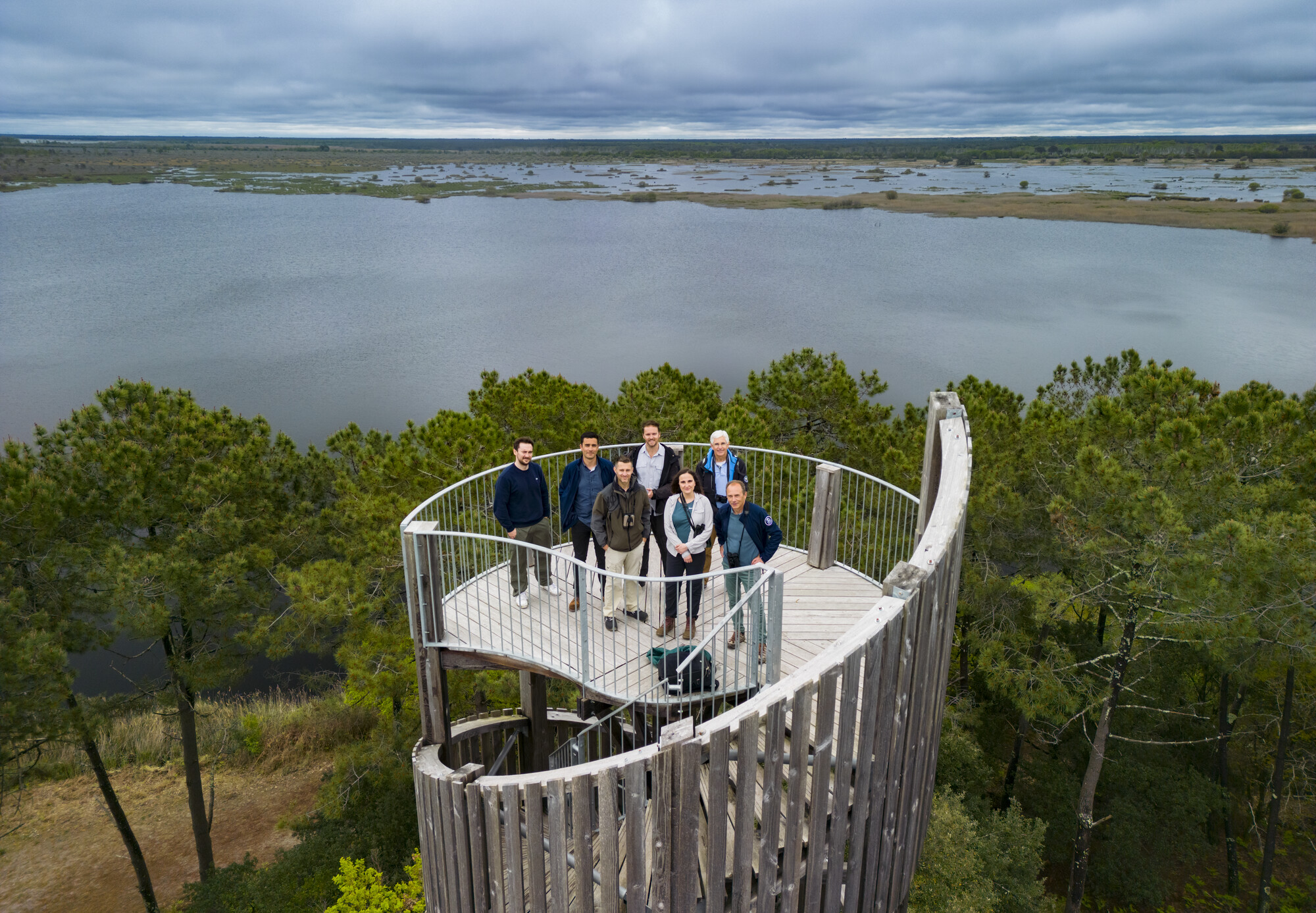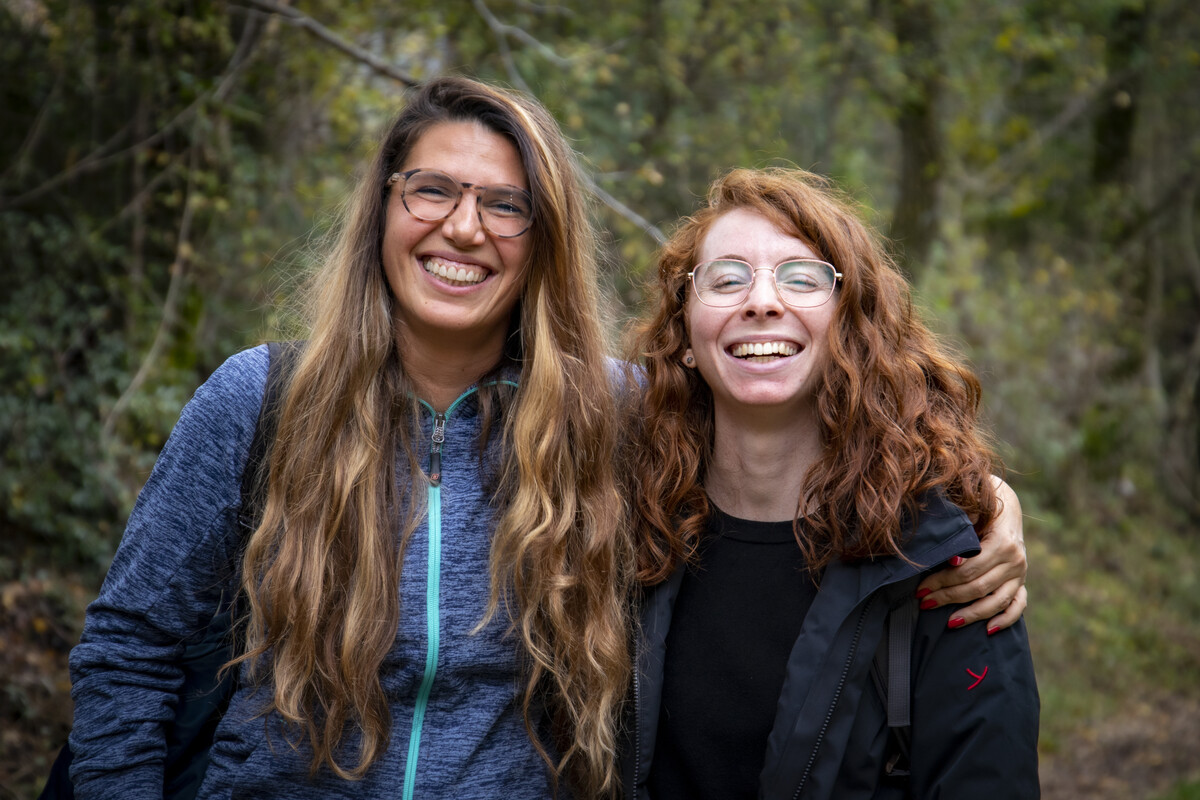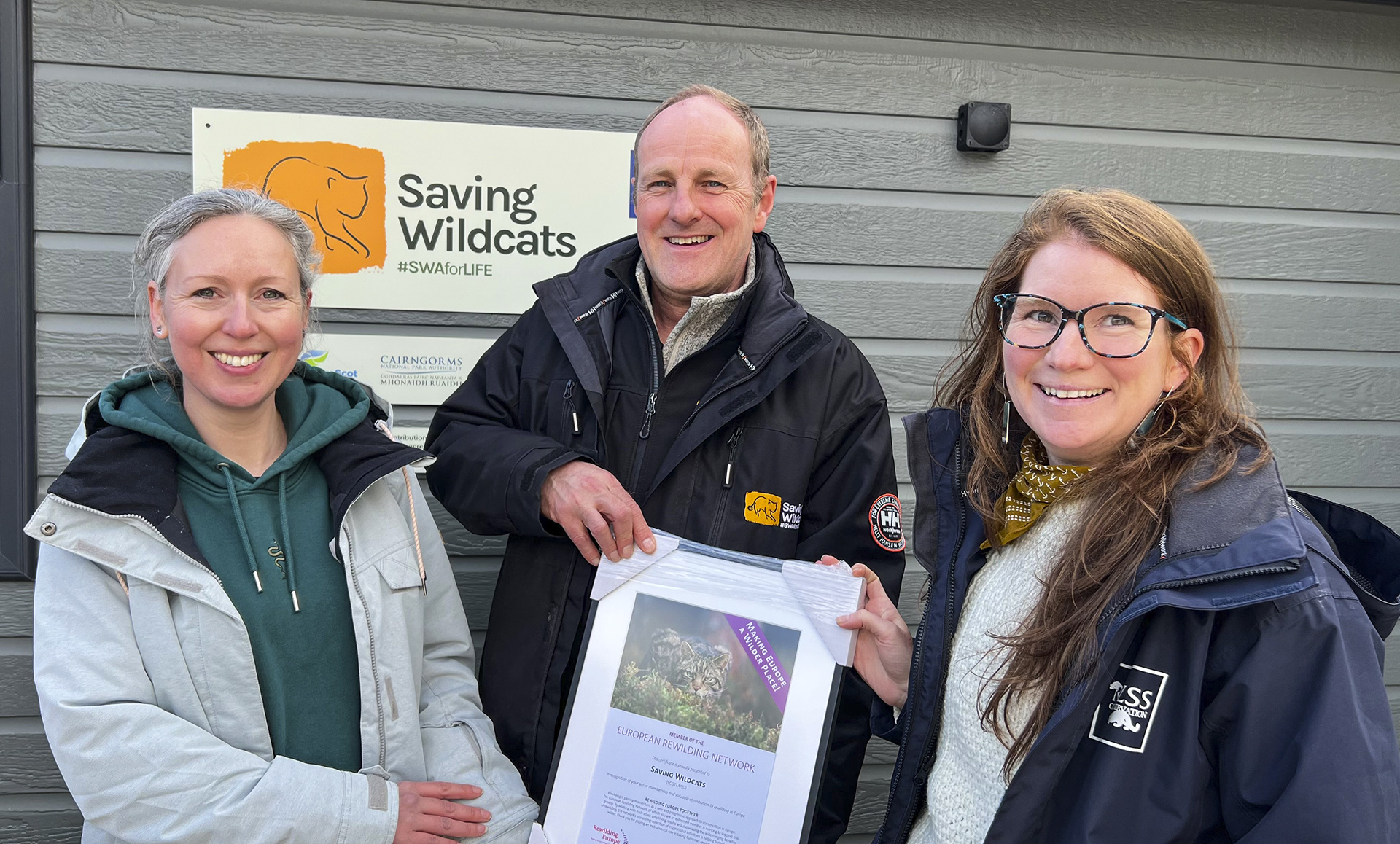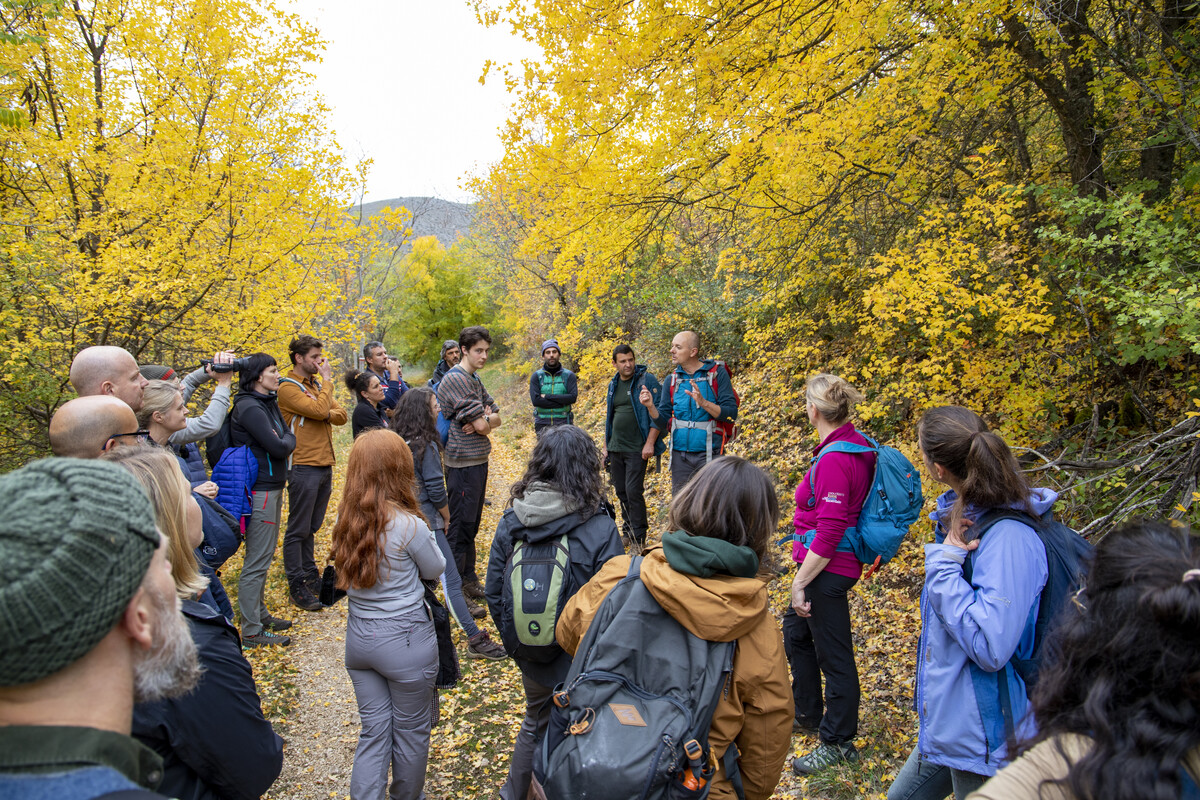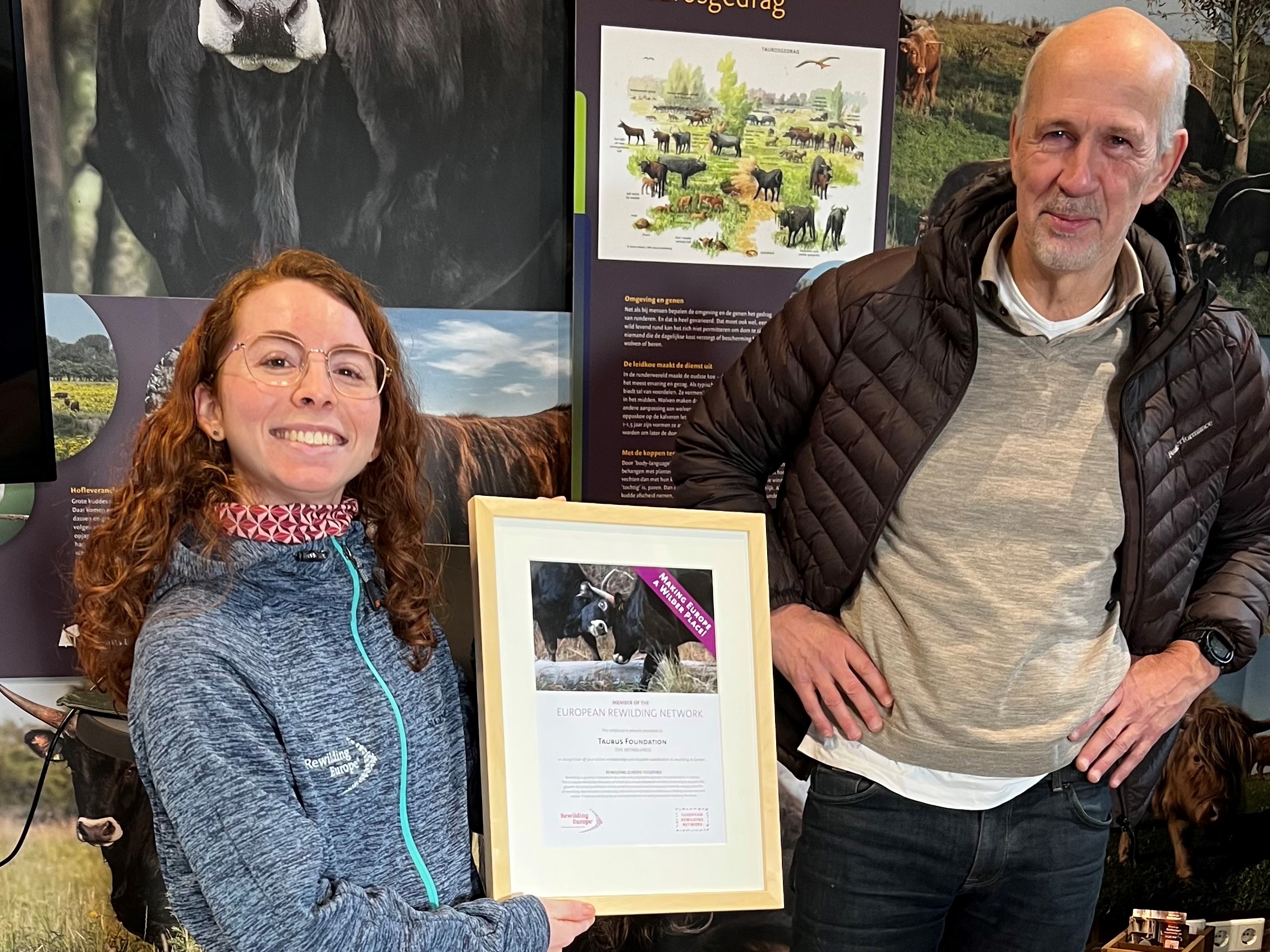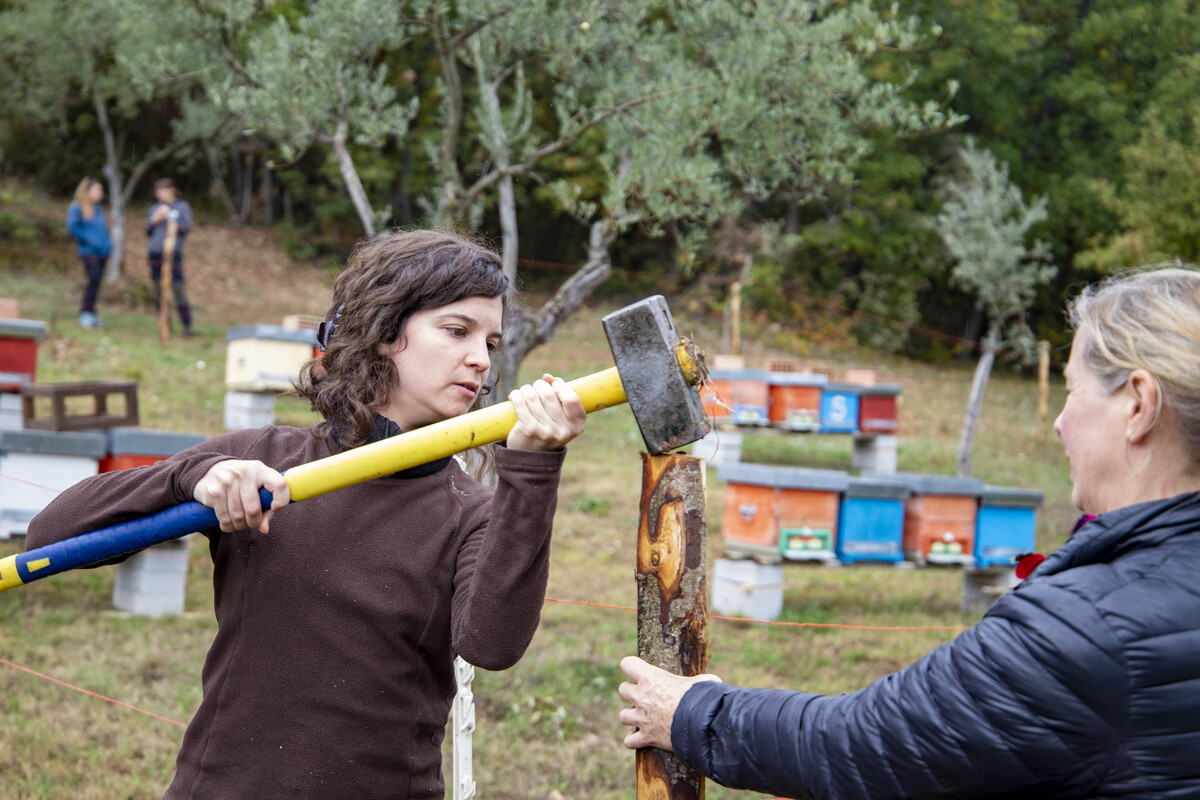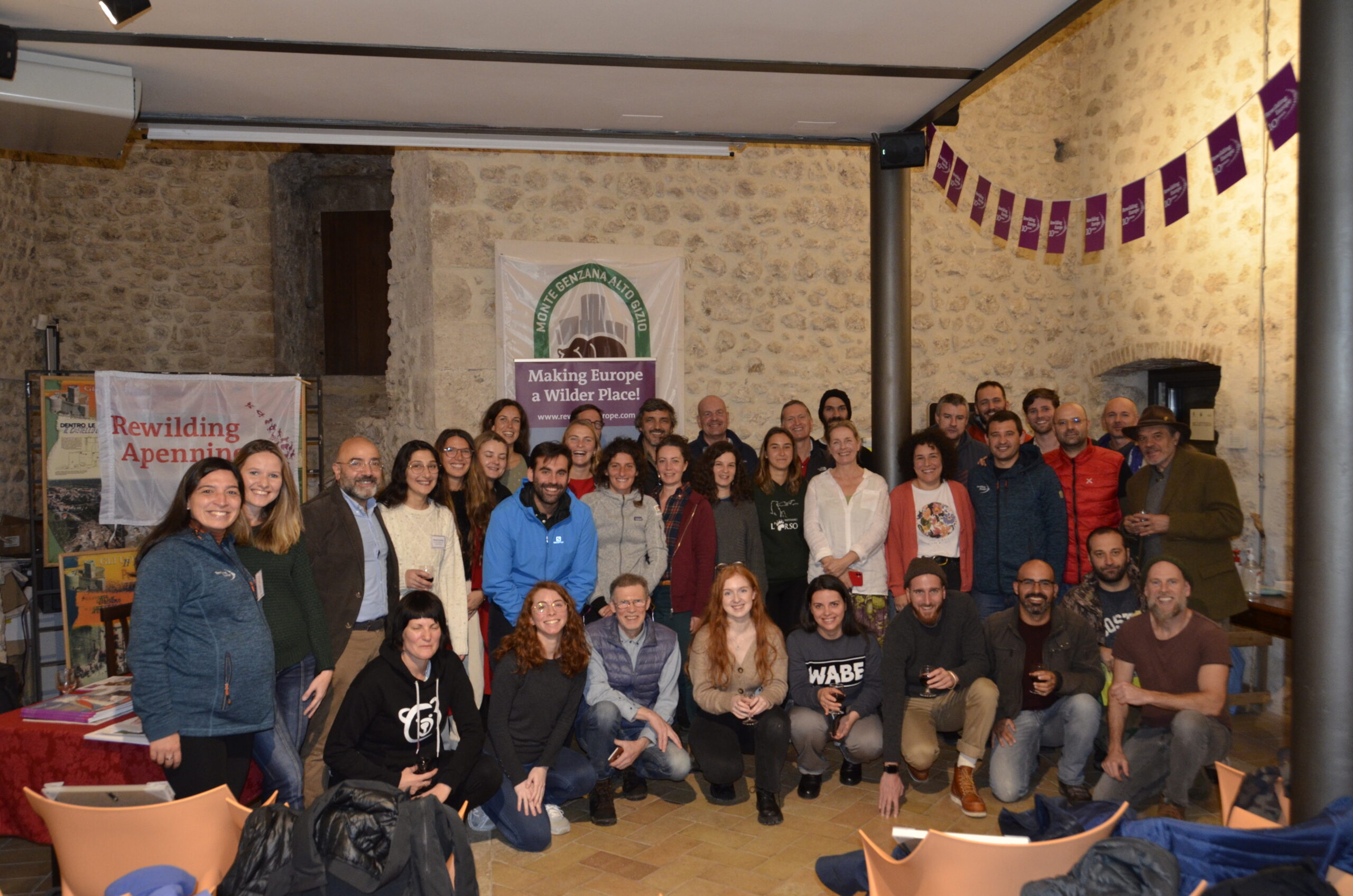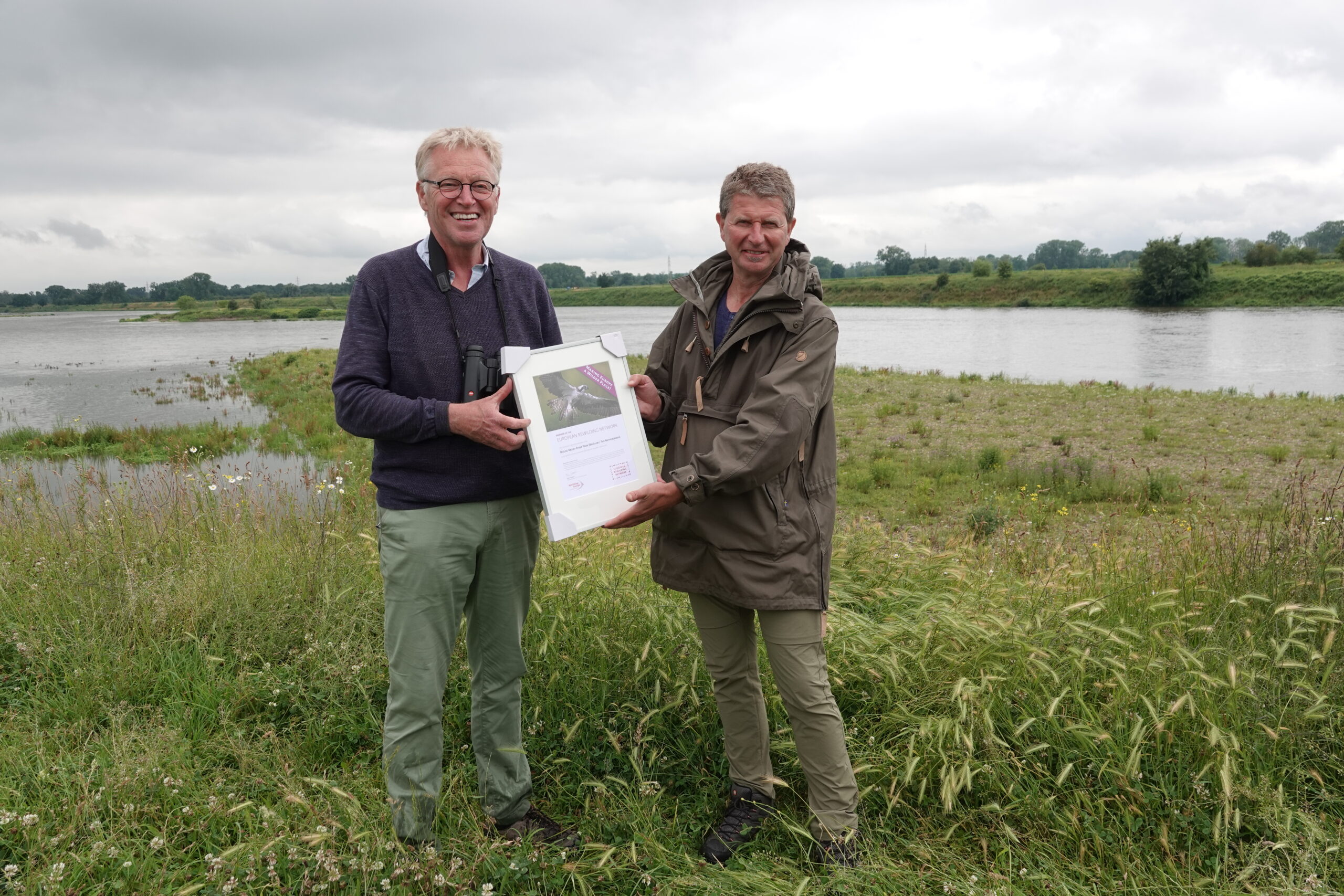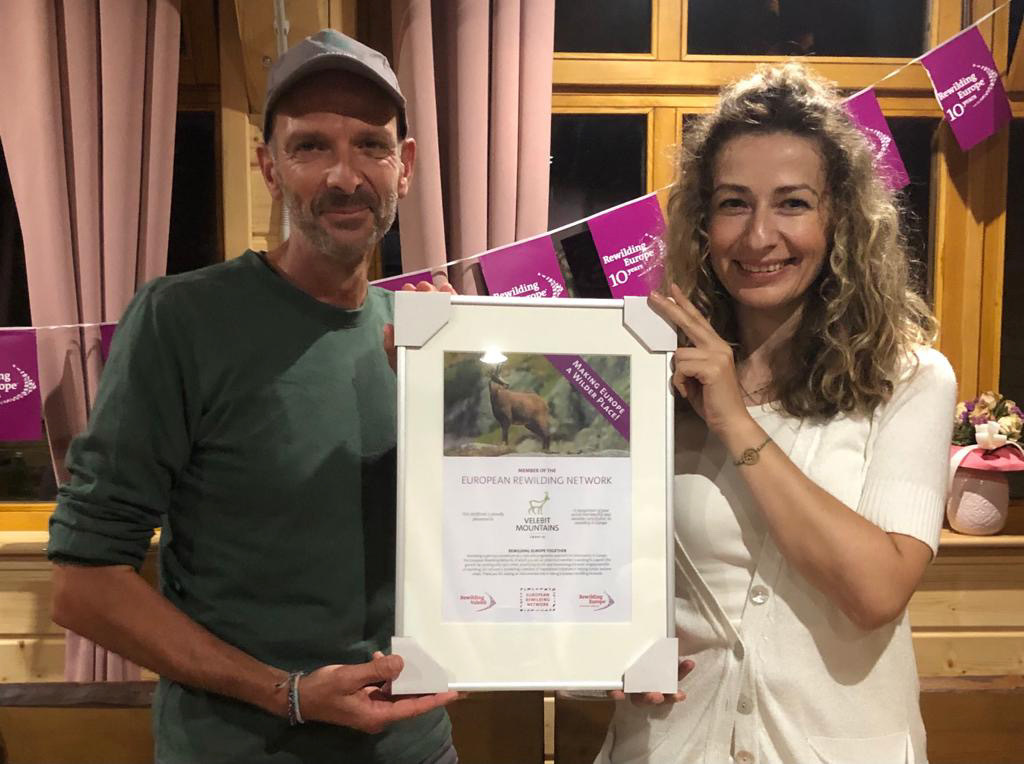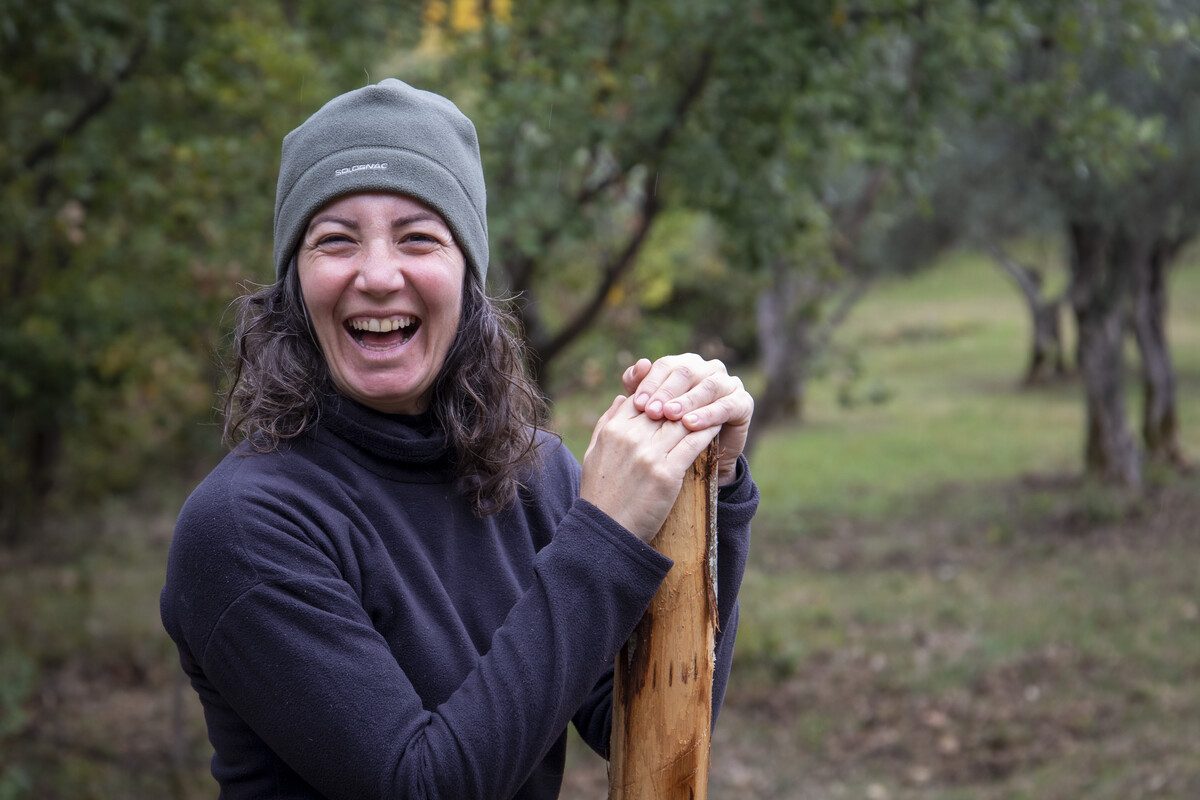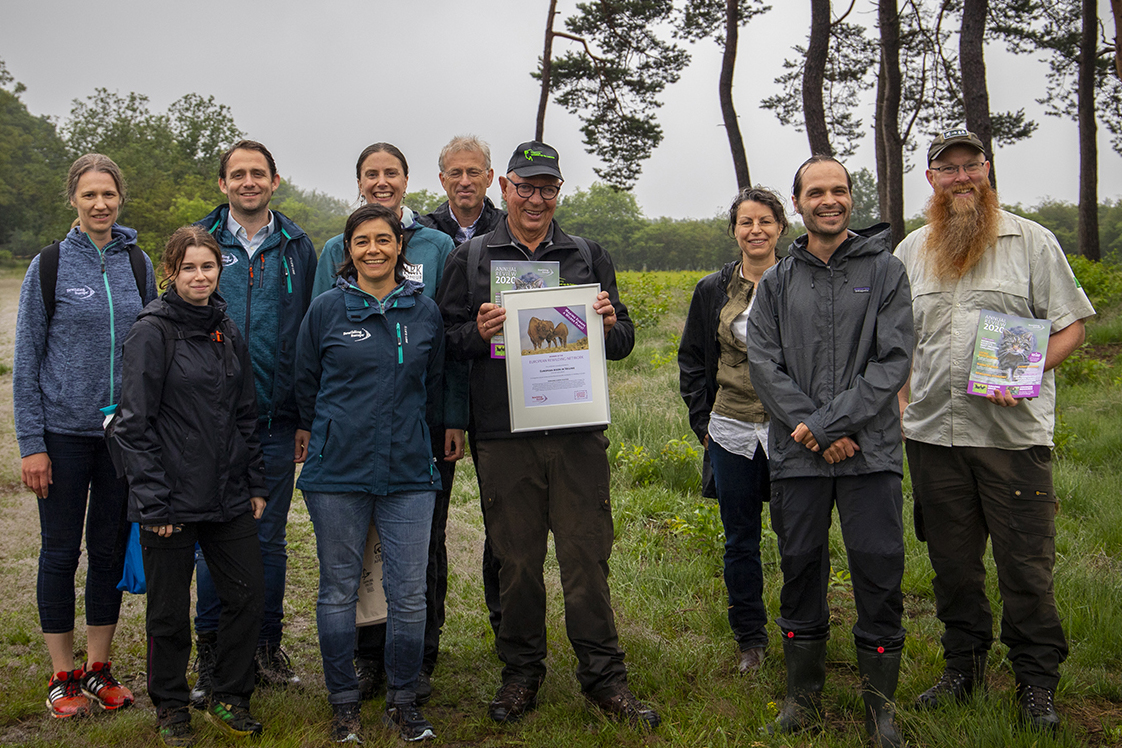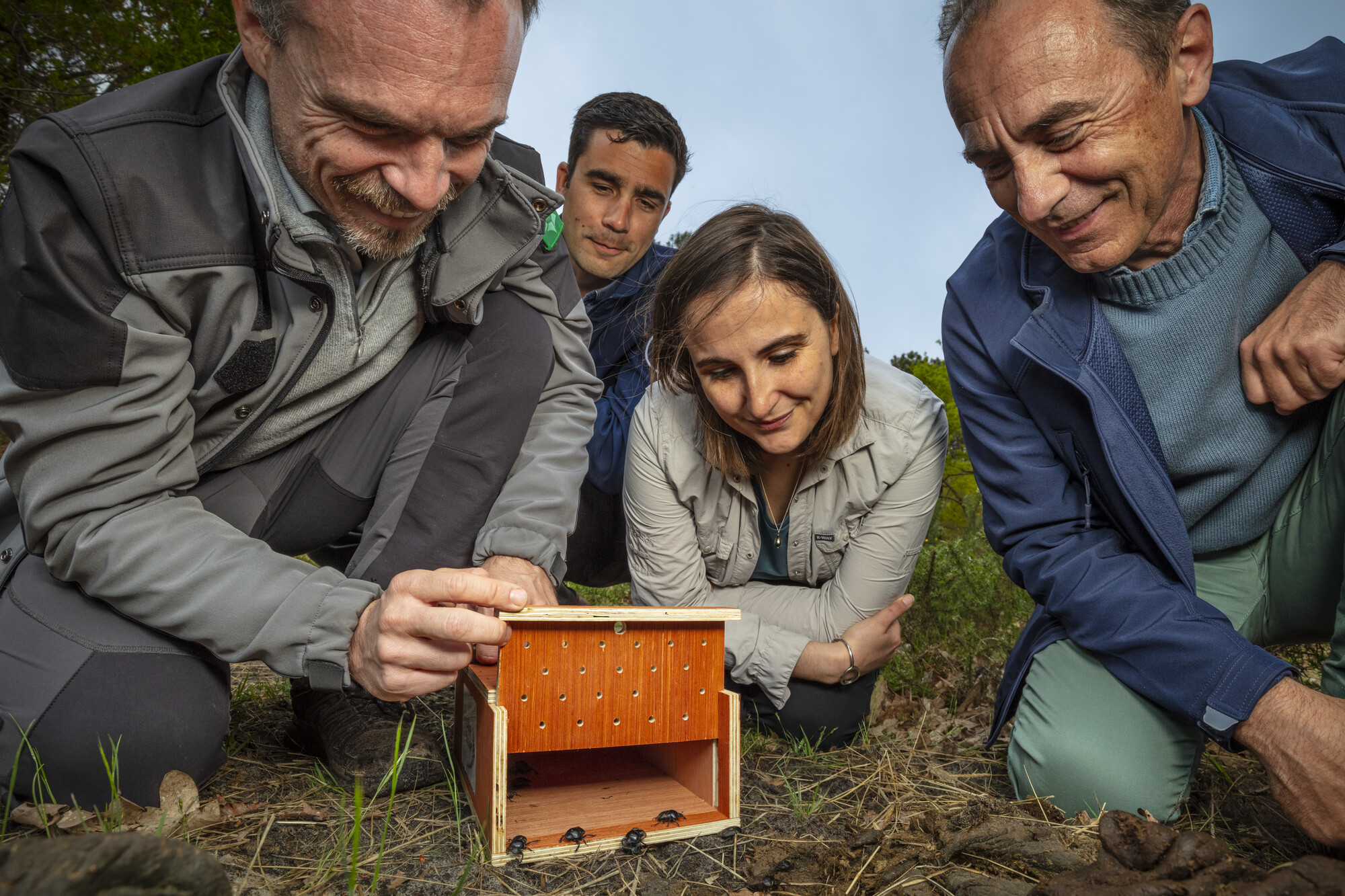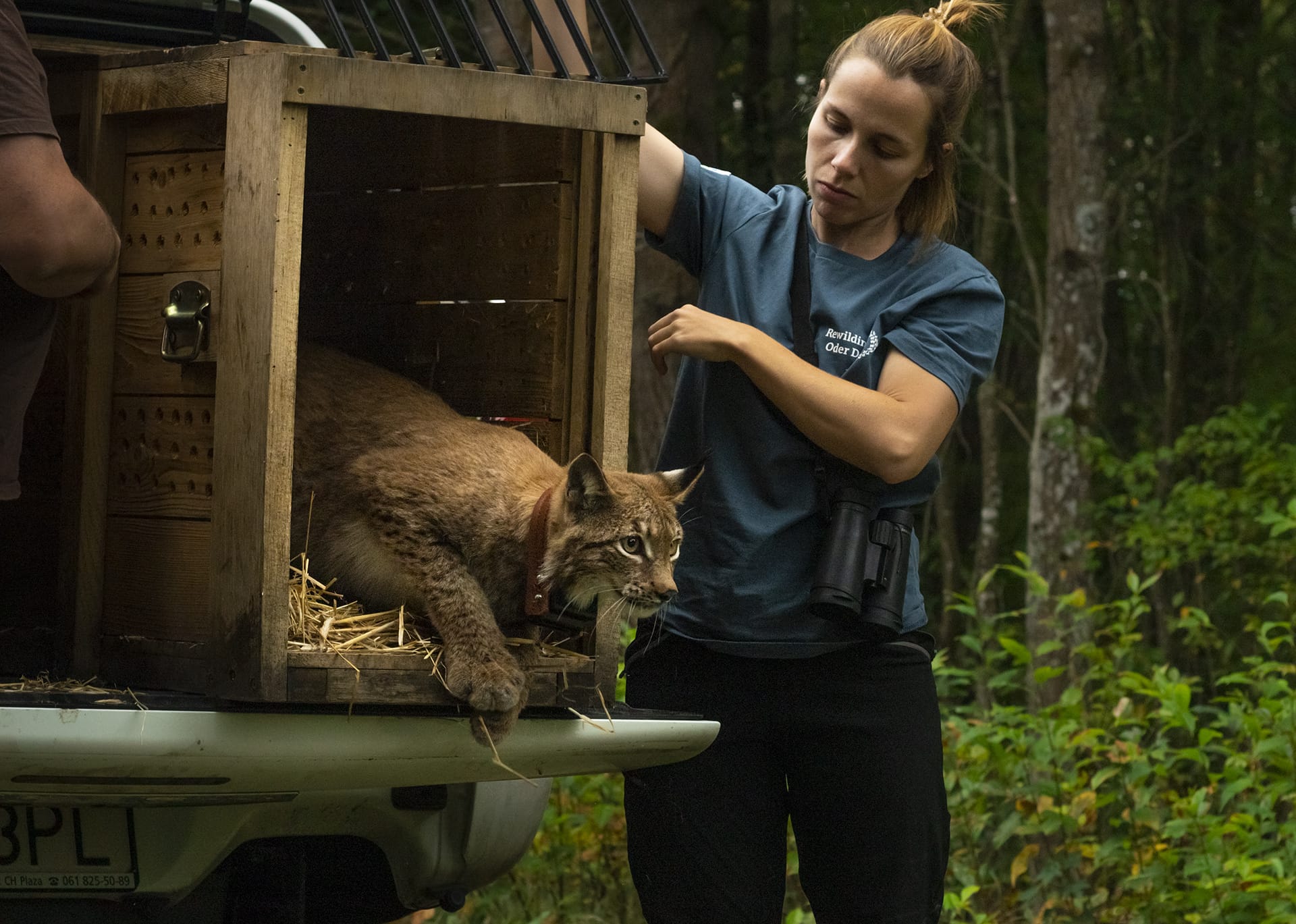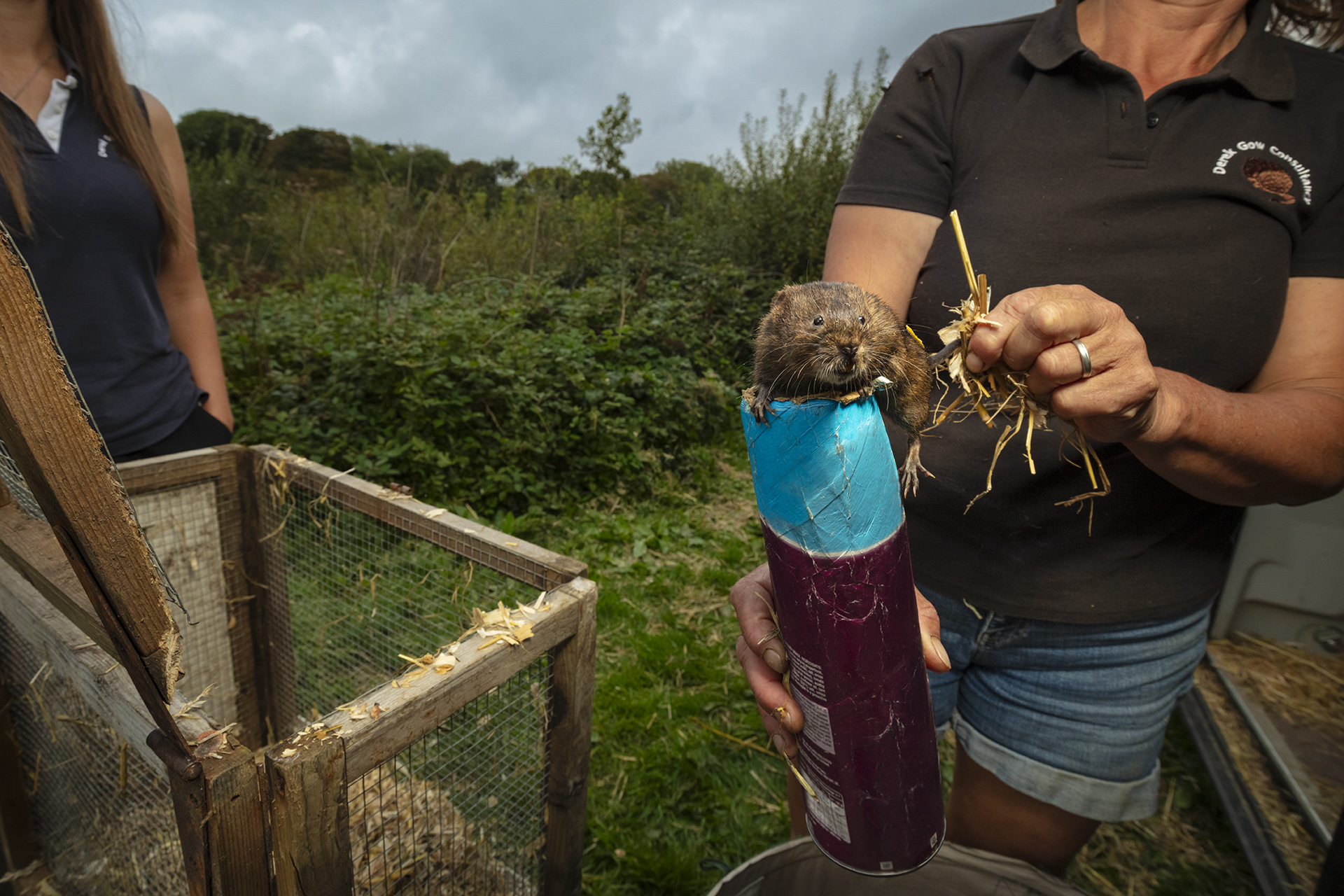Rewilding Europe’s pioneering European Rewilding Network is 10 today. As it goes from strength to strength, this unique collective is enabling the practice and impact of rewilding to be scaled up right across Europe.
Burgeoning network, burgeoning impact
At Rewilding Europe we want to see rewilding taking place on an ever-increasing scale across Europe, in order to scale up the benefits that wilder nature can provide. As we move forward with our own efforts to make Europe a wilder place, successfully encouraging and enabling others to adopt the rewilding approach continues to be essential.
One of the most important tools for supporting the scaling up of rewilding is Rewilding Europe’s pioneering European Rewilding Network, which today celebrates its tenth anniversary. From its foundation a decade ago at WILD 10 – the World Wilderness Congress held in the Spanish city of Salamanca – the network has worked at the forefront of European rewilding, bringing Europe’s rewilding initiatives closer together and empowering each one with the information and tools to be more successful in their own endeavours. Today, this burgeoning collective counts 90 members across 28 European countries, collectively rewilding 5 million hectares of land.
“When we founded the European Rewilding Network back in 2013, the overall objective was to support the scaling up of rewilding, right across the continent,” says Rewilding Europe Executive Director Frans Schepers. “I’m incredibly proud to have witnessed how this living network has grown until now, and how it has helped initiatives from Portugal to Ukraine adopt best rewilding principles and practice. We should celebrate this important achievement and look forward to another decade of spectacular growth and amplified impact.”

Diverse membership
The European Rewilding Network membership, which represents the largest collection of pan-European rewilding initiatives, encompasses a wide variety of rewilding efforts.
“The network is truly the first of its kind,” says European Rewilding Network Coordinator Julia Mata. “From river restoration to rewetting peatlands, from the release of dung beetles to the reintroduction of European bison, it’s a real privilege to oversee this increasingly diverse community of practitioners.”
The Denmark-based Lille Vildmose initiative, which is rewilding the largest remaining raised bog in northern Europe, typifies the European Rewilding Network’s broad membership. Founded in 2016, it became a European Rewilding network member in 2017. In 2019, the initiative reintroduced its first herd of European bison, to enhance natural grazing and help the species continue its European comeback. In the autumn of 2023, the Lille Vildmose rewilding team enjoyed a visit by a team from the European Rewilding Network, led by Frans Schepers, while in October they were also visited by James Shooter, who was collecting material for his popular podcast series.

“Being part of the network has given us incredible insight into many ambitious European rewilding initiatives and inspired us to visit places and connect with other rewilding practitioners,” says Jacob Palsgaard Andersen, Vice Director of the Aage V. Jensen Nature Fund, which is overseeing rewilding efforts. “It has also increased the visibility of our efforts and helped to put them in a wider context. I would definitely recommend other European rewilding initiatives join up!”
François Sargos is a conservation manager for SEPANSO, a collection of French NGOs which manages the Etang de Cousseau Nature Reserve in southwest France. SEPANSO’s Cousseau Dunes and Wetlands initiative joined the European Rewilding Network in 2023, when it received a grant from the European Wildlife Comeback Fund to reintroduce dung beetles. Sargos is also enthusiastic about membership of the network.
“Joining the network has really put us in the spotlight, both in France and across Europe,” he says. “Our approach, which focuses on restoring wilder nature and natural processes by reintroducing keystone species, is now widely recognised as innovative. As a result, we are no longer ‘shy’ to talk about our experience of rewilding Cousseau!”
Comprehensive network support
The theory behind the European Network is that all initiatives are strengthened through the sharing of experience, expertise, and results. This is facilitated through regular webinars on a wide variety of rewilding-related topics, as well as exchange visits and dedicated training sessions. All initiatives joining the network are included in a database and can easily connect with counterparts across Europe, as well as Rewilding Europe itself. Being part of a pan-European movement also heightens their visibility and allows them to promote themselves more easily.
European Rewilding Network members also have access to a range of valuable tools. The Rewilding Volunteer Database is an open database of students and other individuals interested in volunteering or engaging in internships on various rewilding-related topics. Accessible to all members, this enables rewilding initiatives to quickly find the most suitable candidates if volunteering opportunities arise. They also have access to the European Wildlife Comeback Fund, which was established in 2022. The aim of the fund, which has already received 2.5 million euros from partners, is to scale up keystone species reintroduction and population reinforcement across Europe – a wide range of wildlife releases have already been supported in 2023.
Let’s rewild together!
Rewilding Europe also extends a warm welcome to all European rewilding initiatives that focus on practical, result-oriented rewilding and encourages them to apply for European Rewilding Network membership.
“We are always looking for new members – particularly those based in areas where we don’t yet have many representatives, such as Eastern Europe,” says Julia Mata. “We would also like to enrol more members engaged in less well-represented rewilding interventions, such as marine rewilding. The first 10 years of the network have seen us build a really impressive collection of initiatives. By increasing the membership and continuing our collaborative efforts, we can really kick on and drive the European rewilding movement onwards and upwards.”

